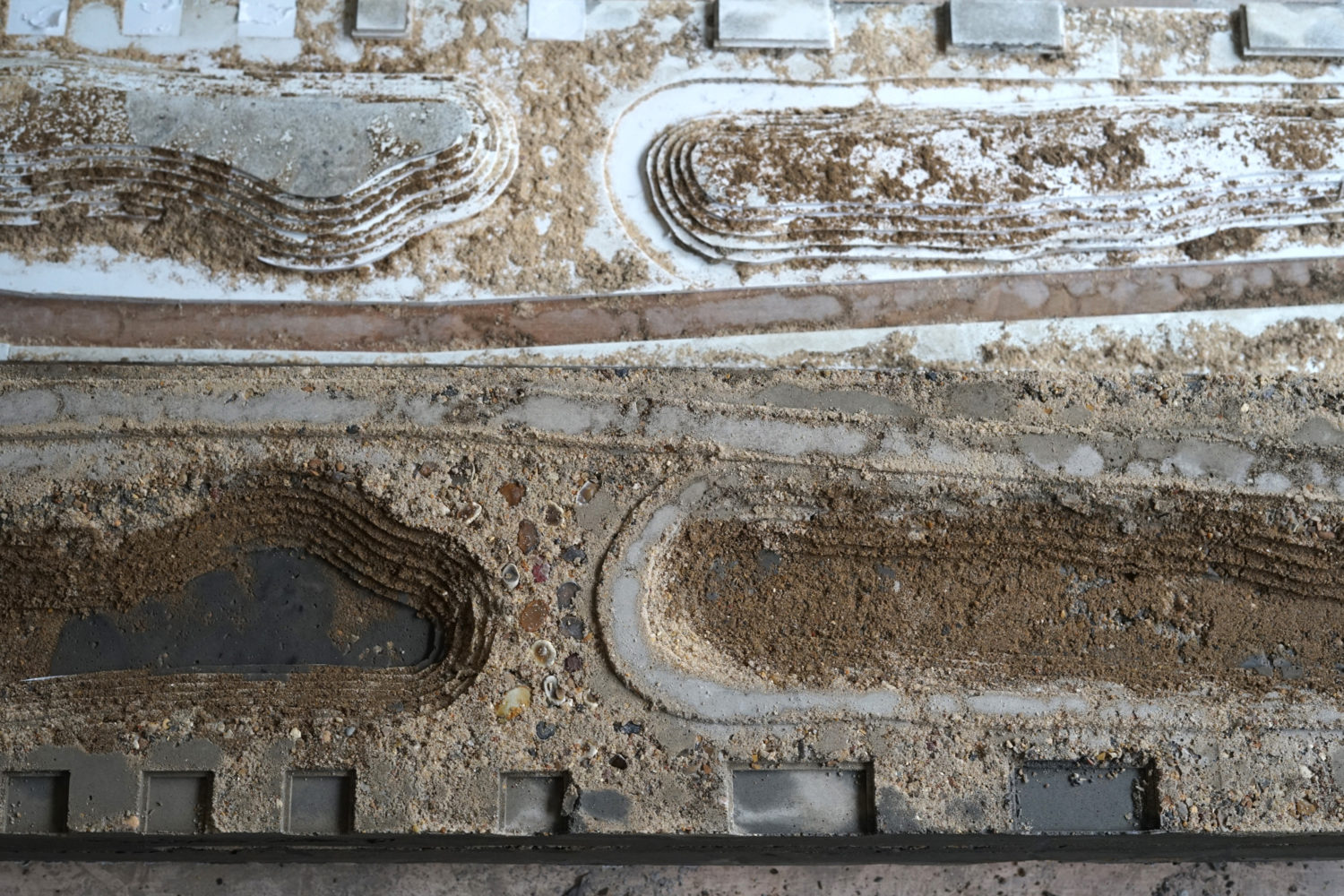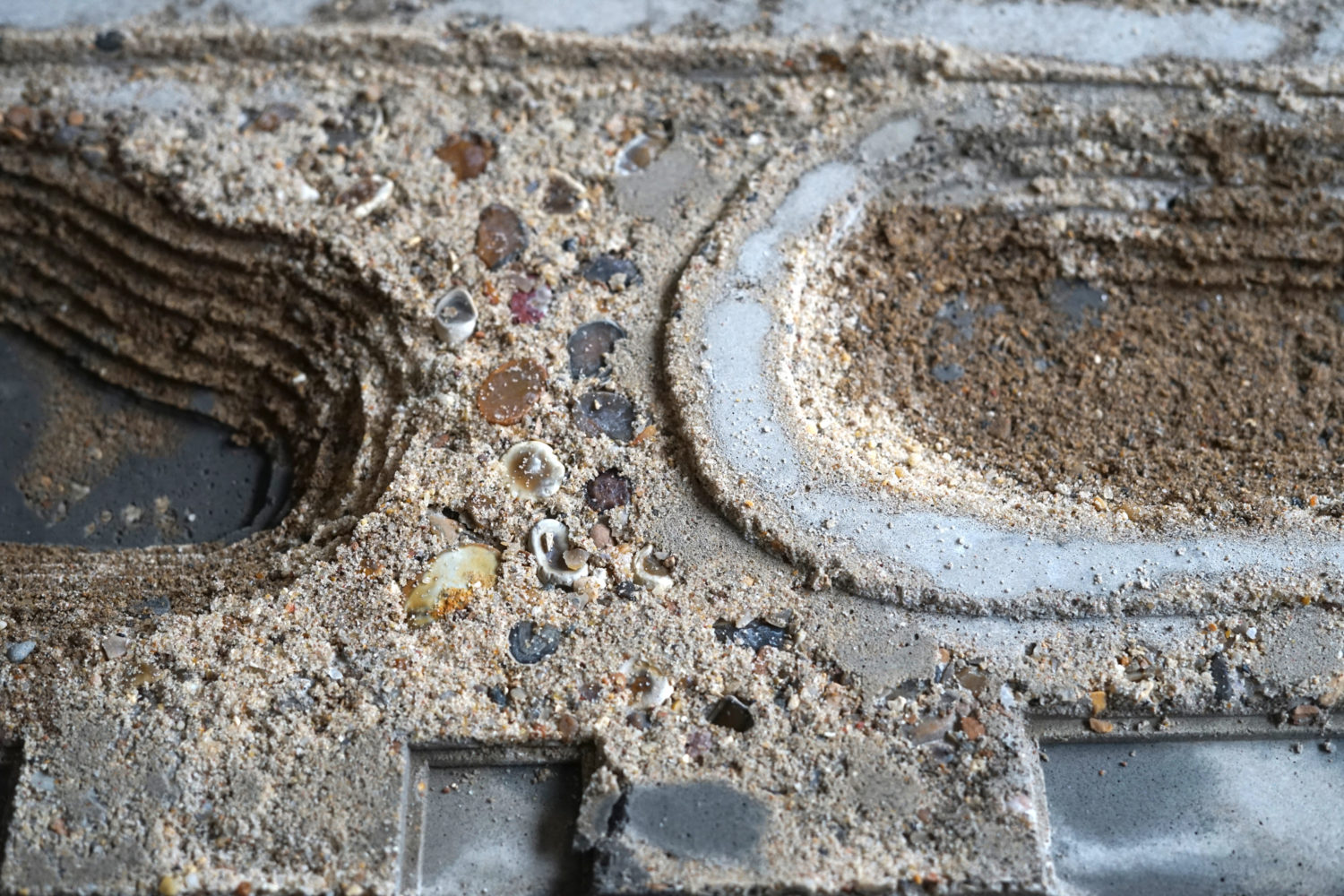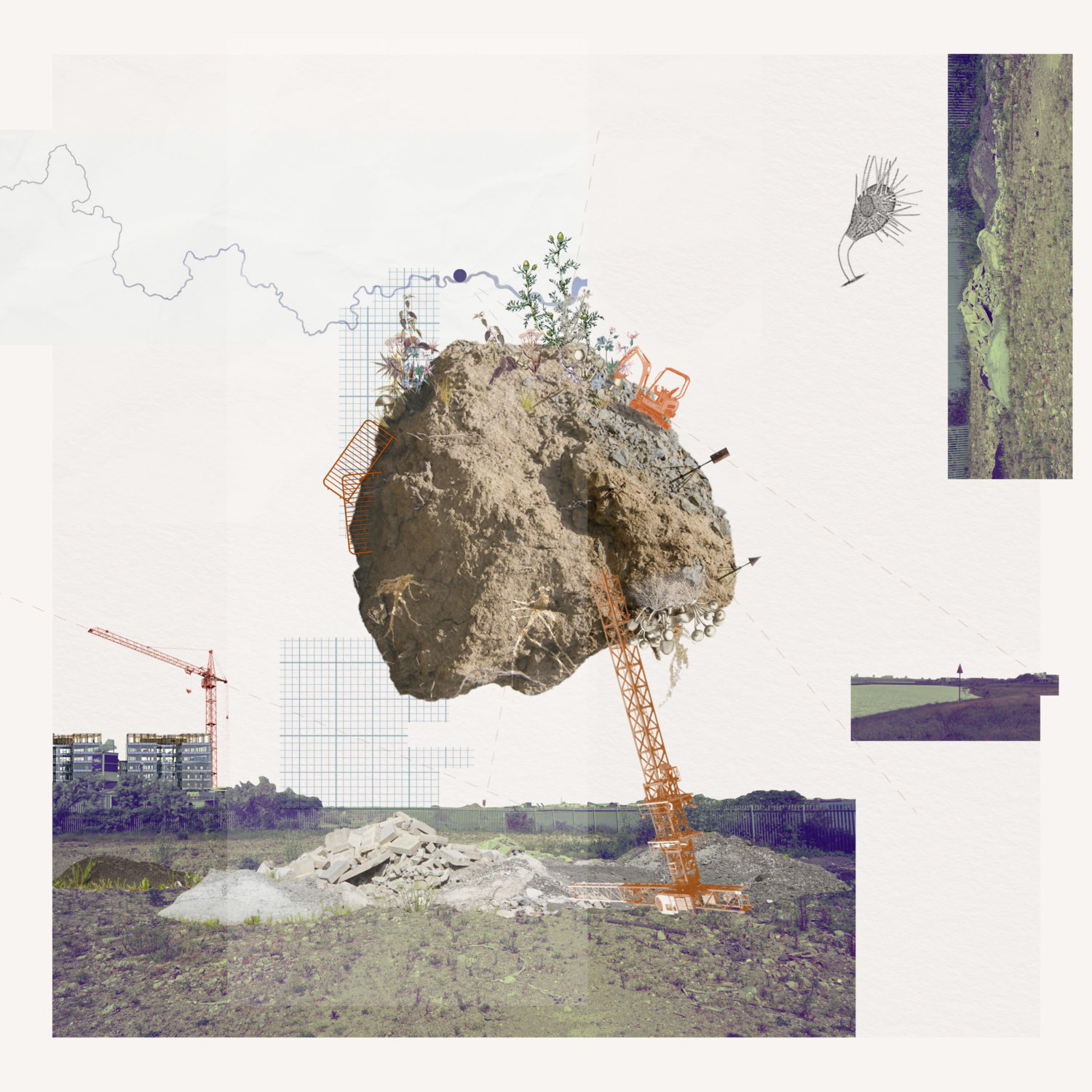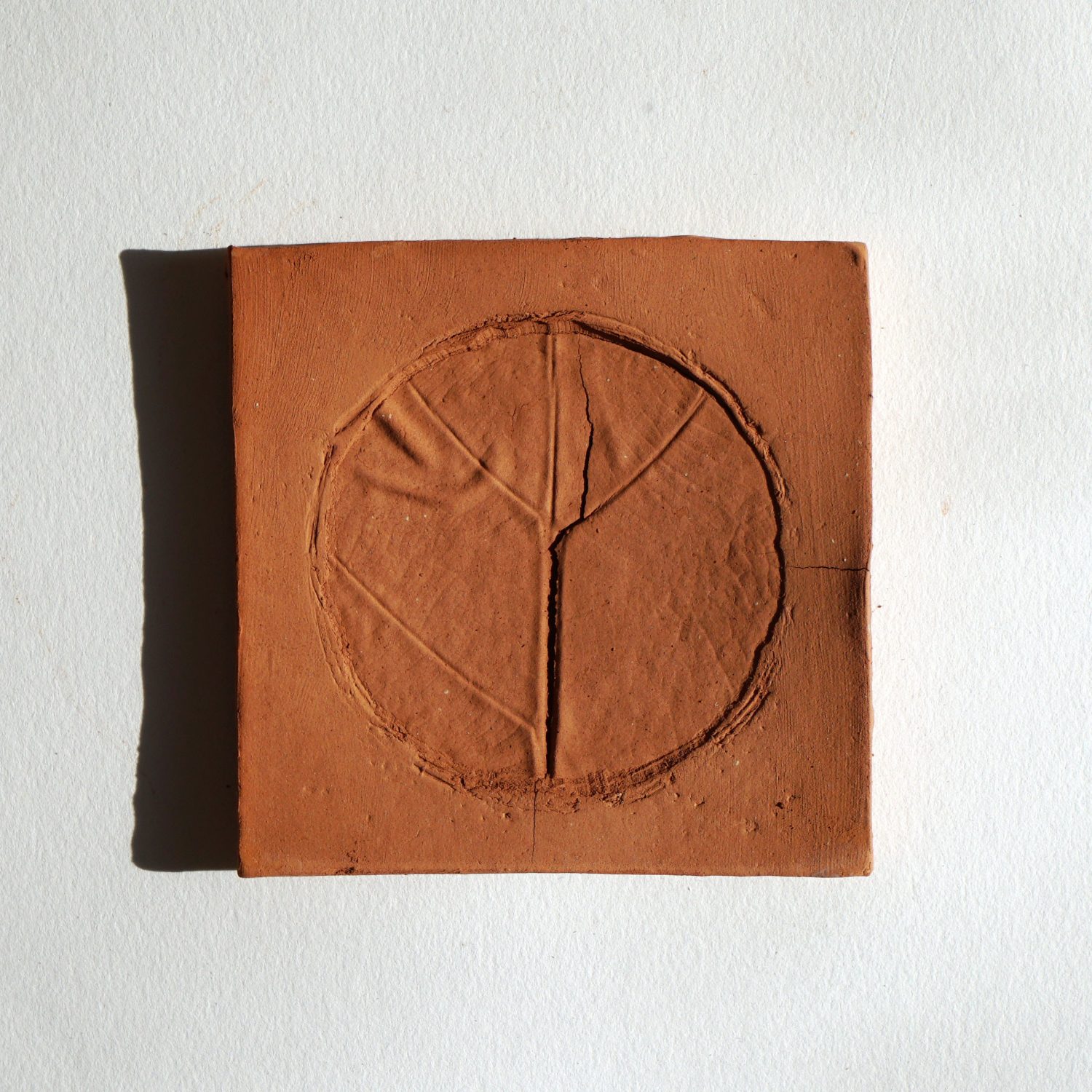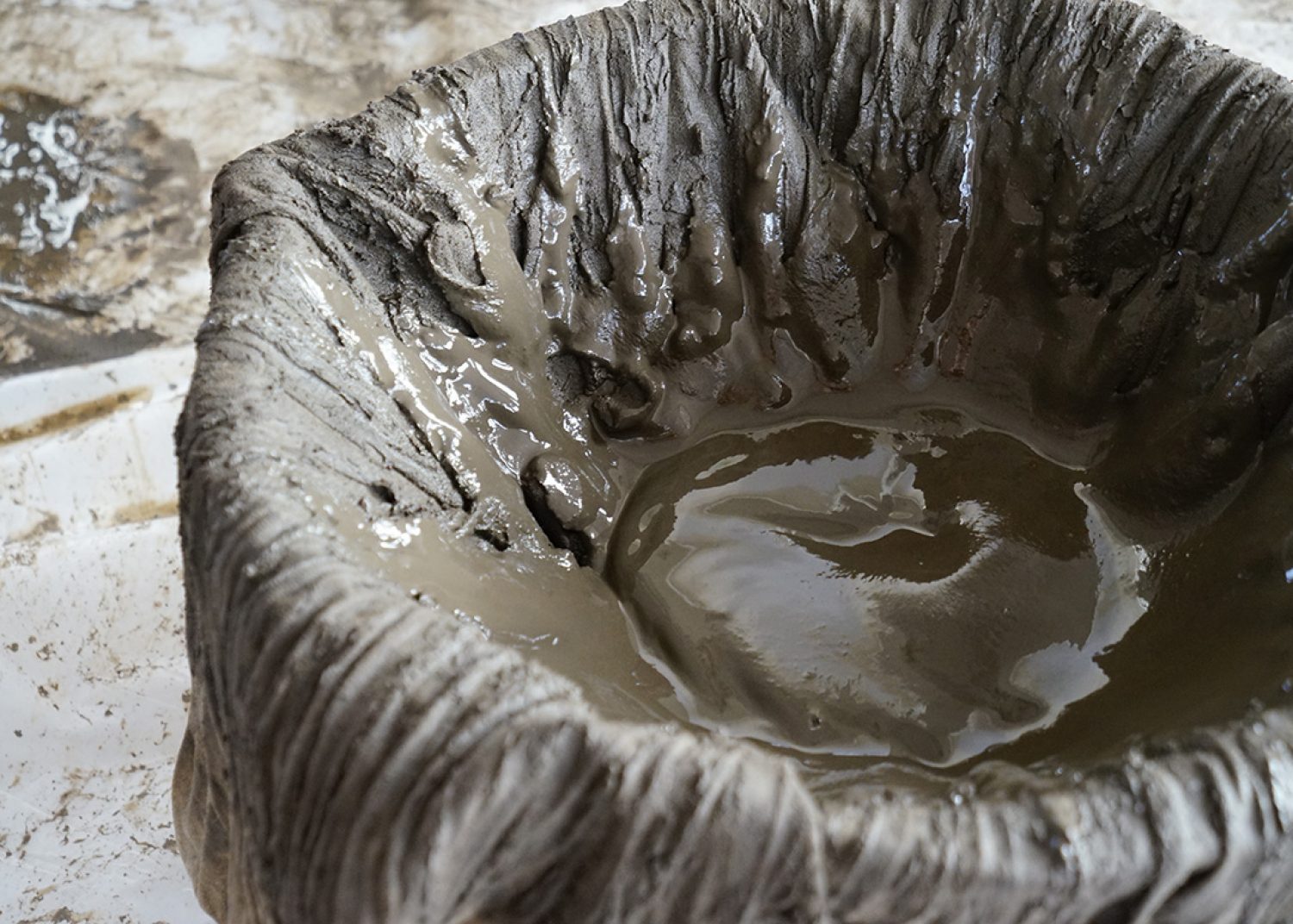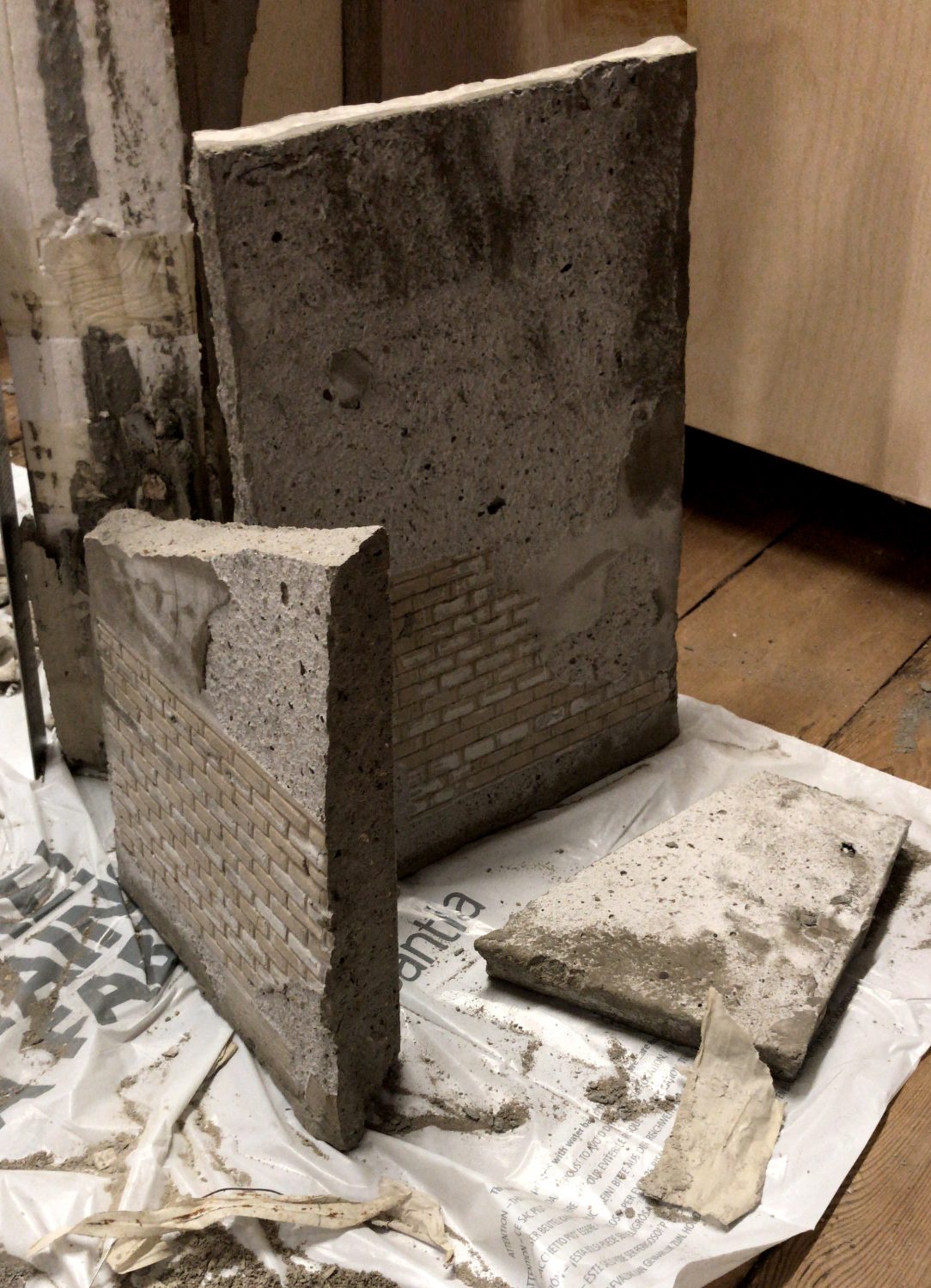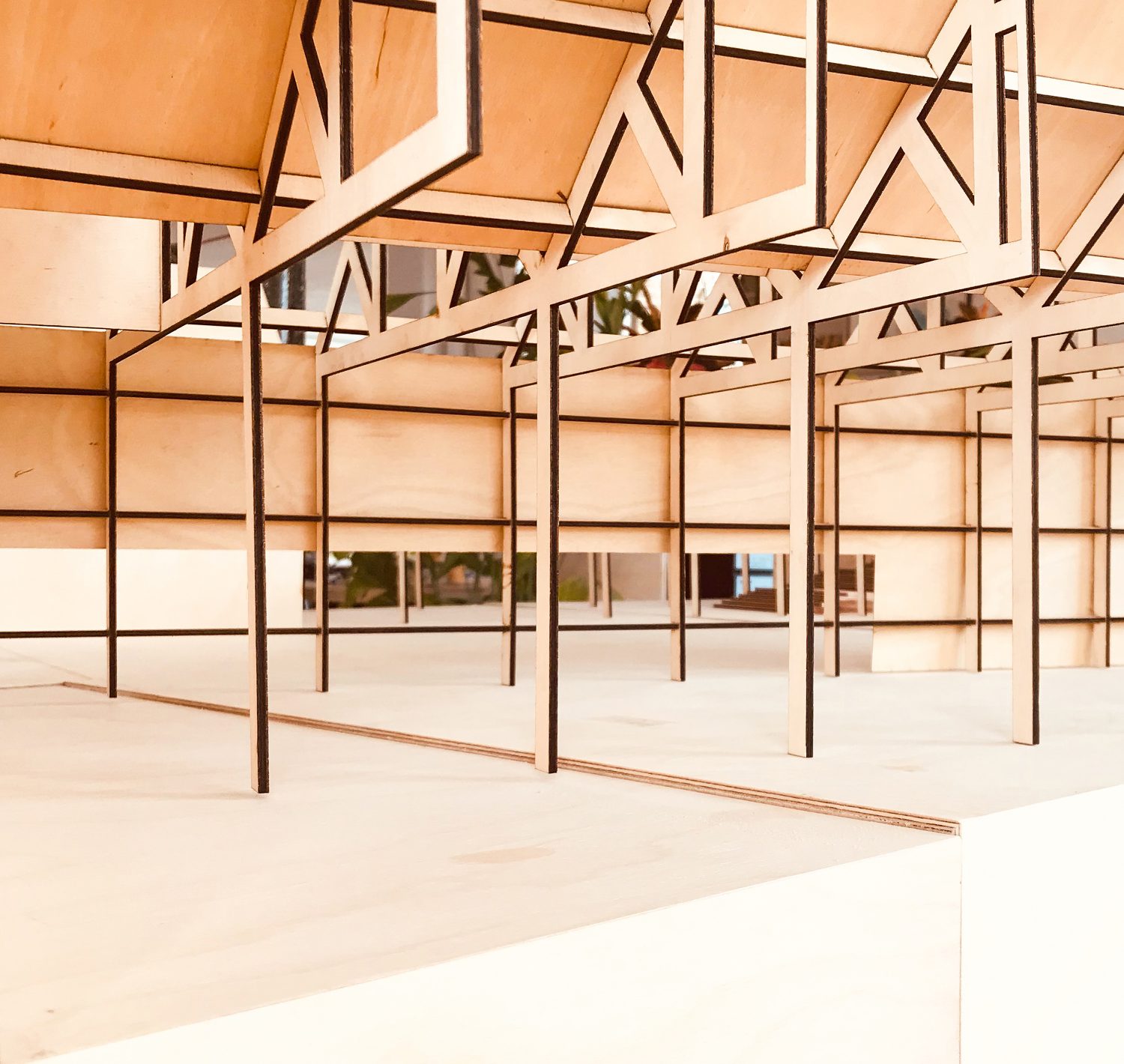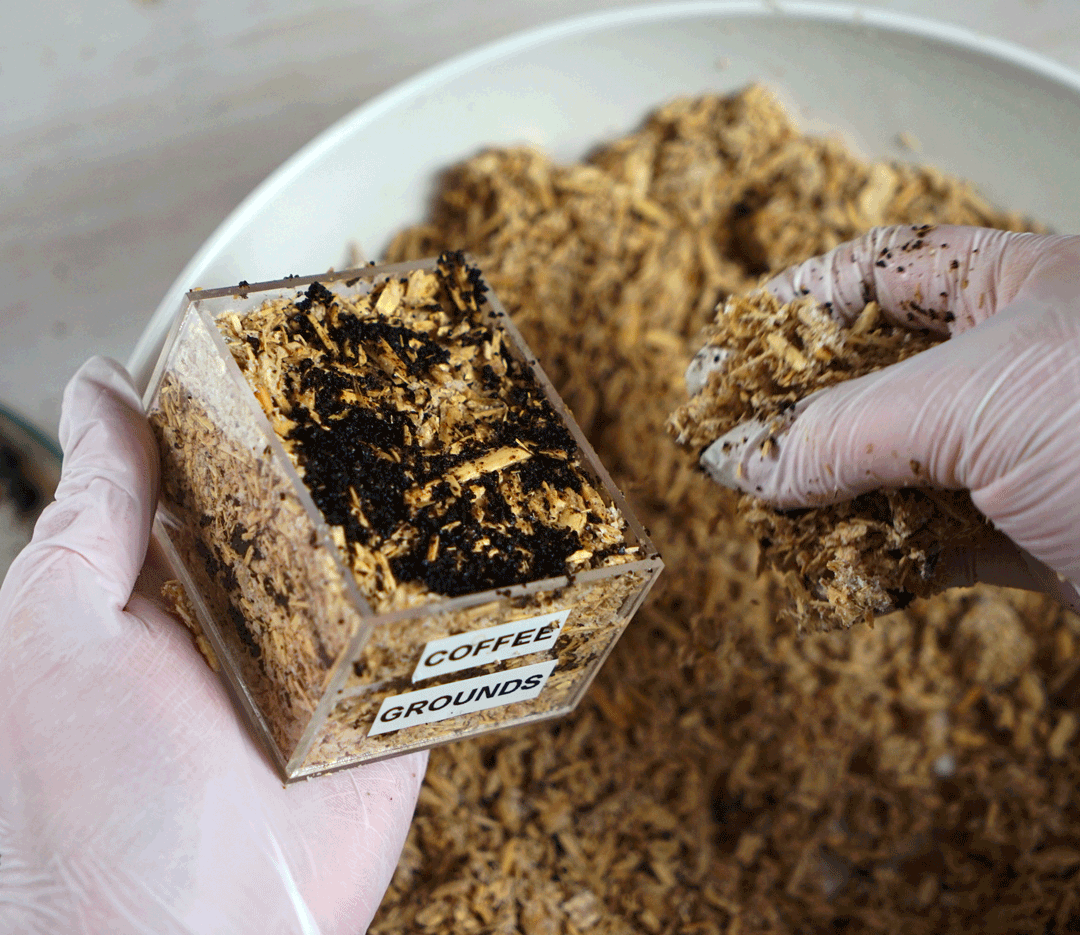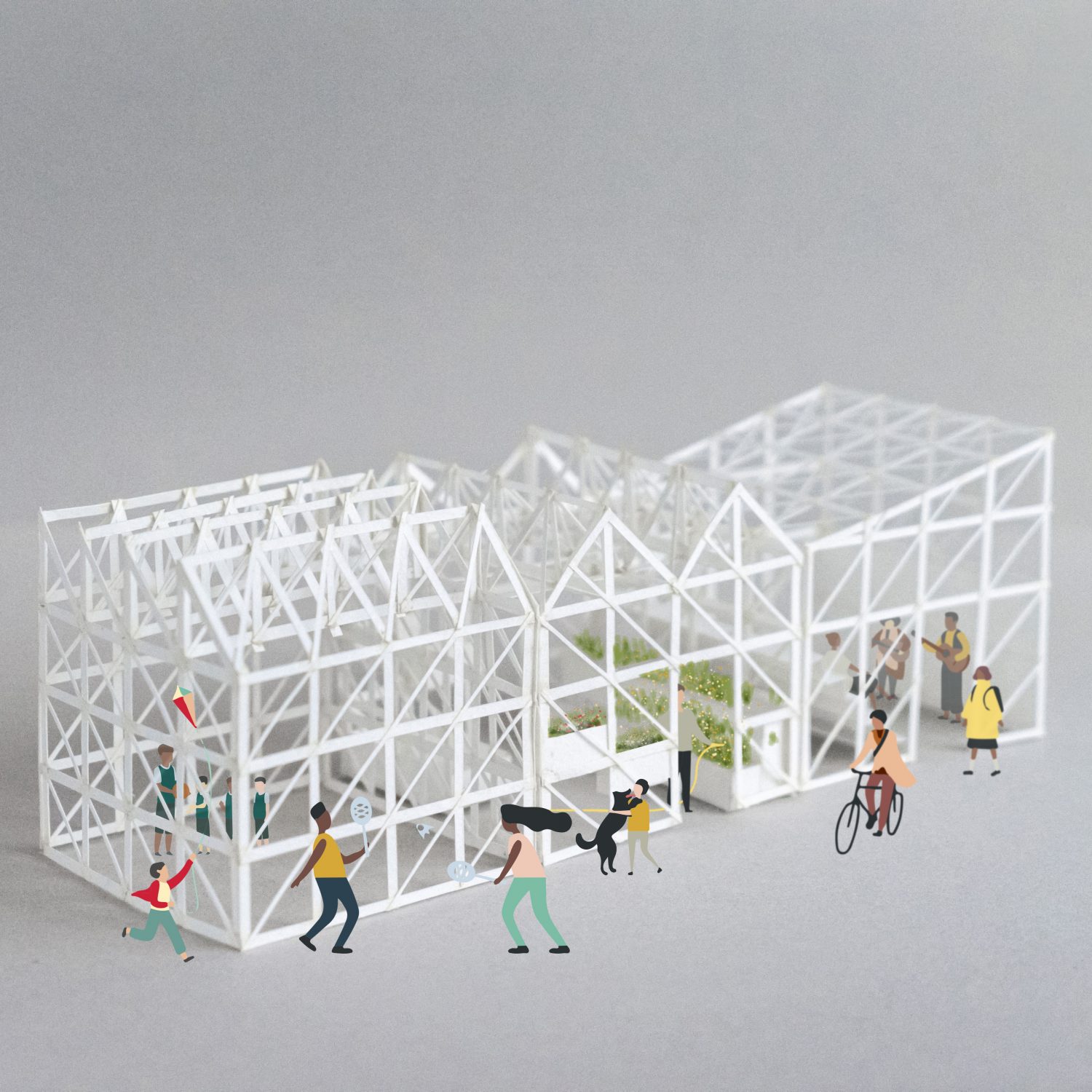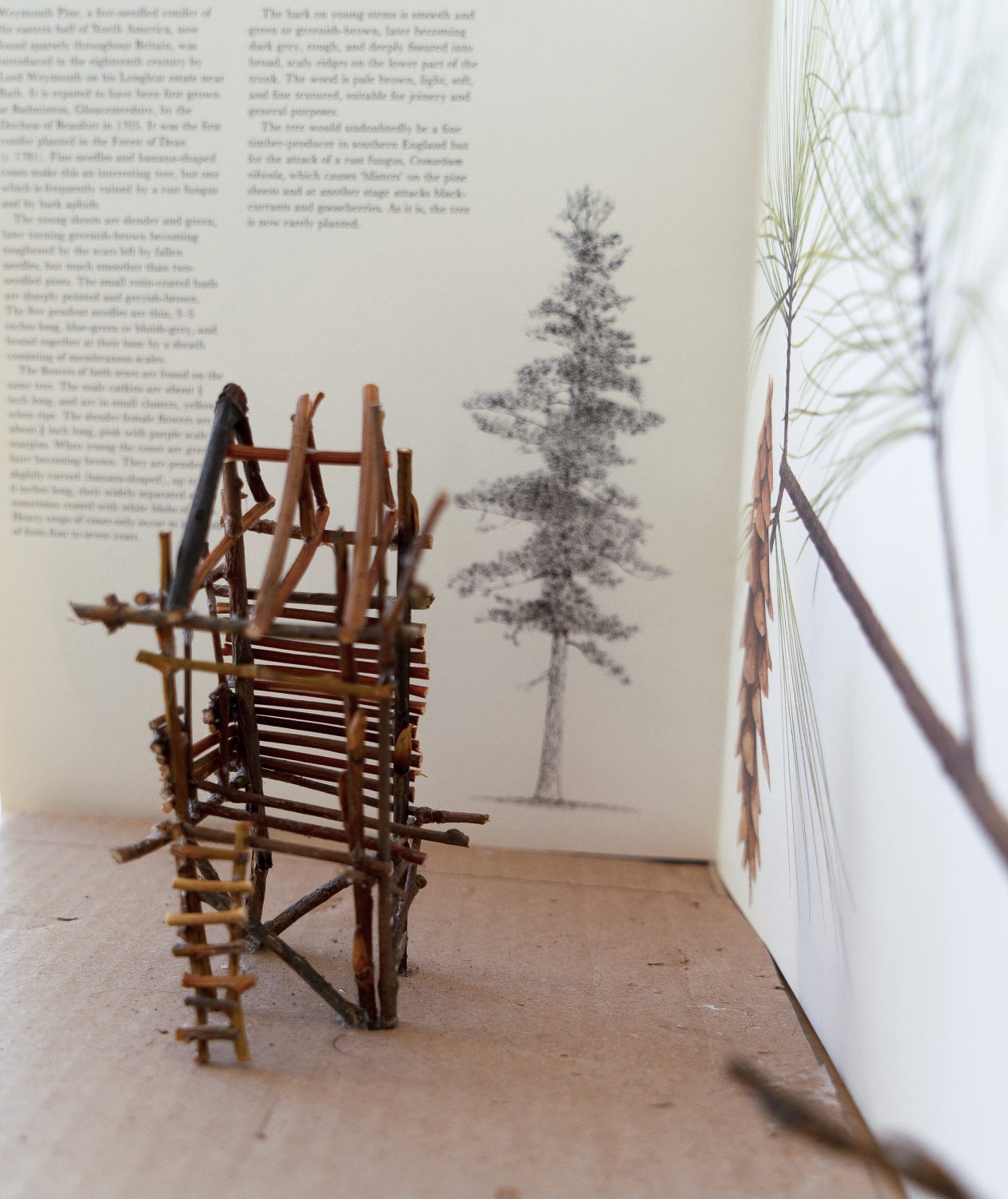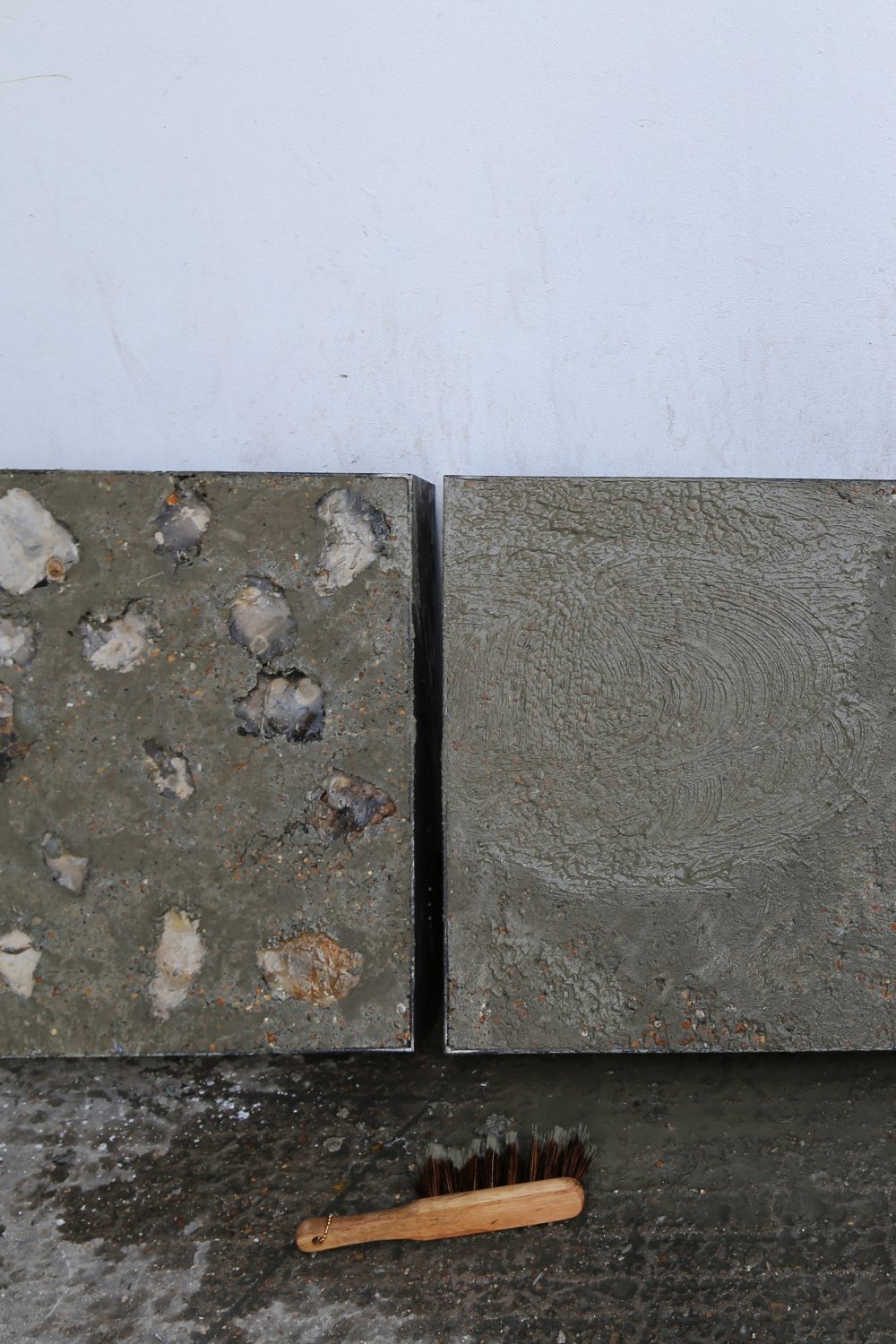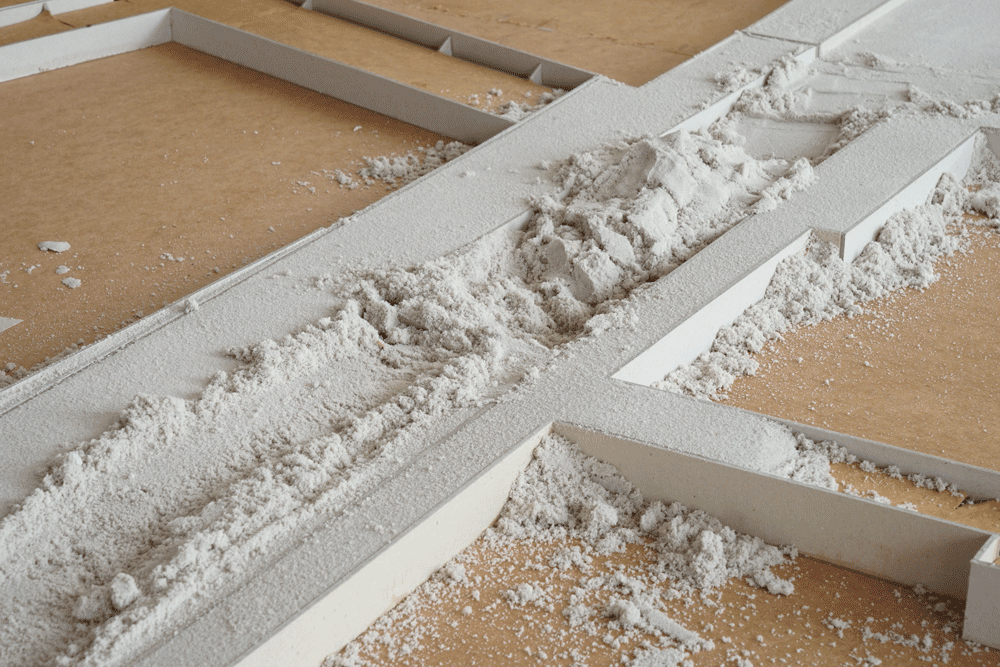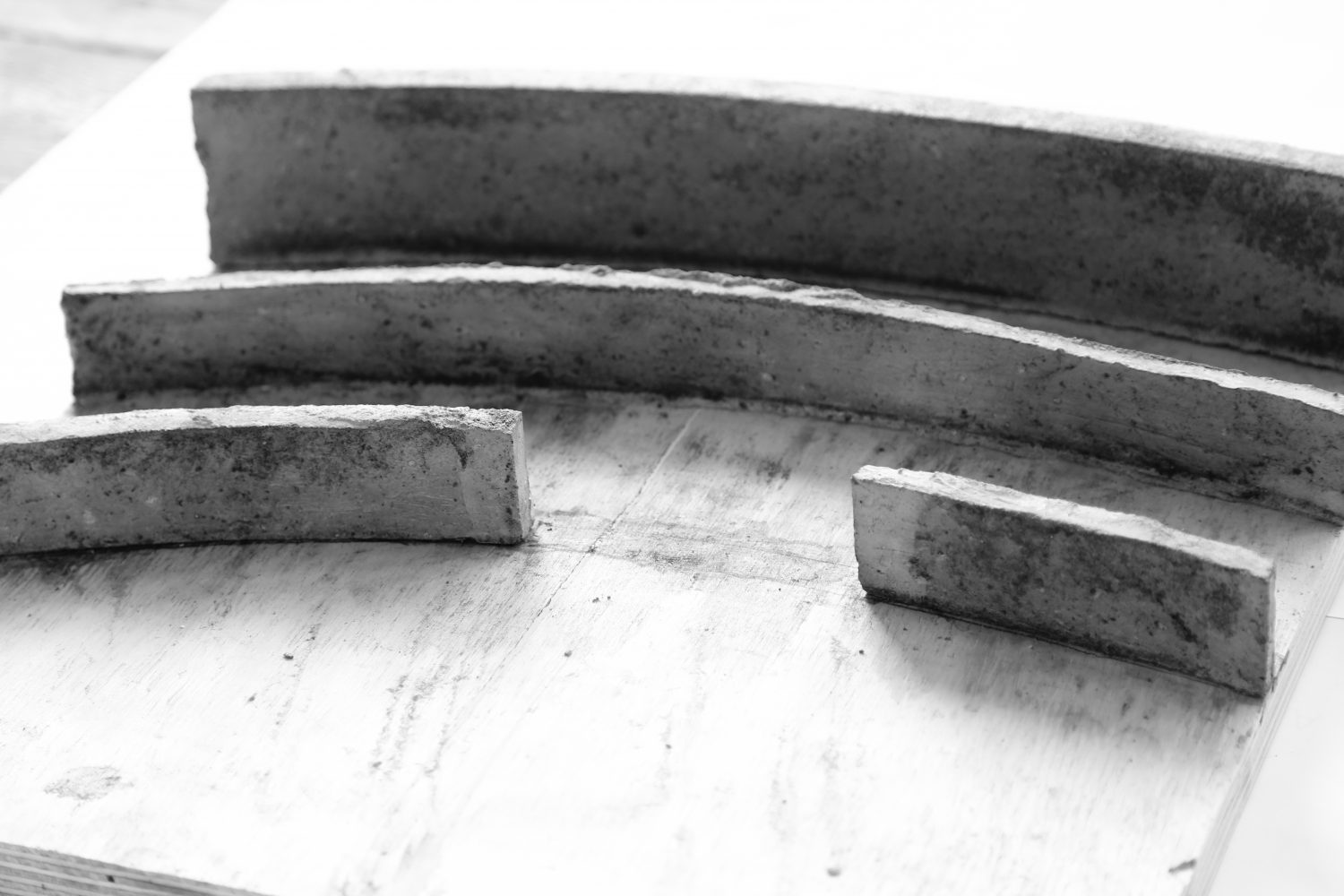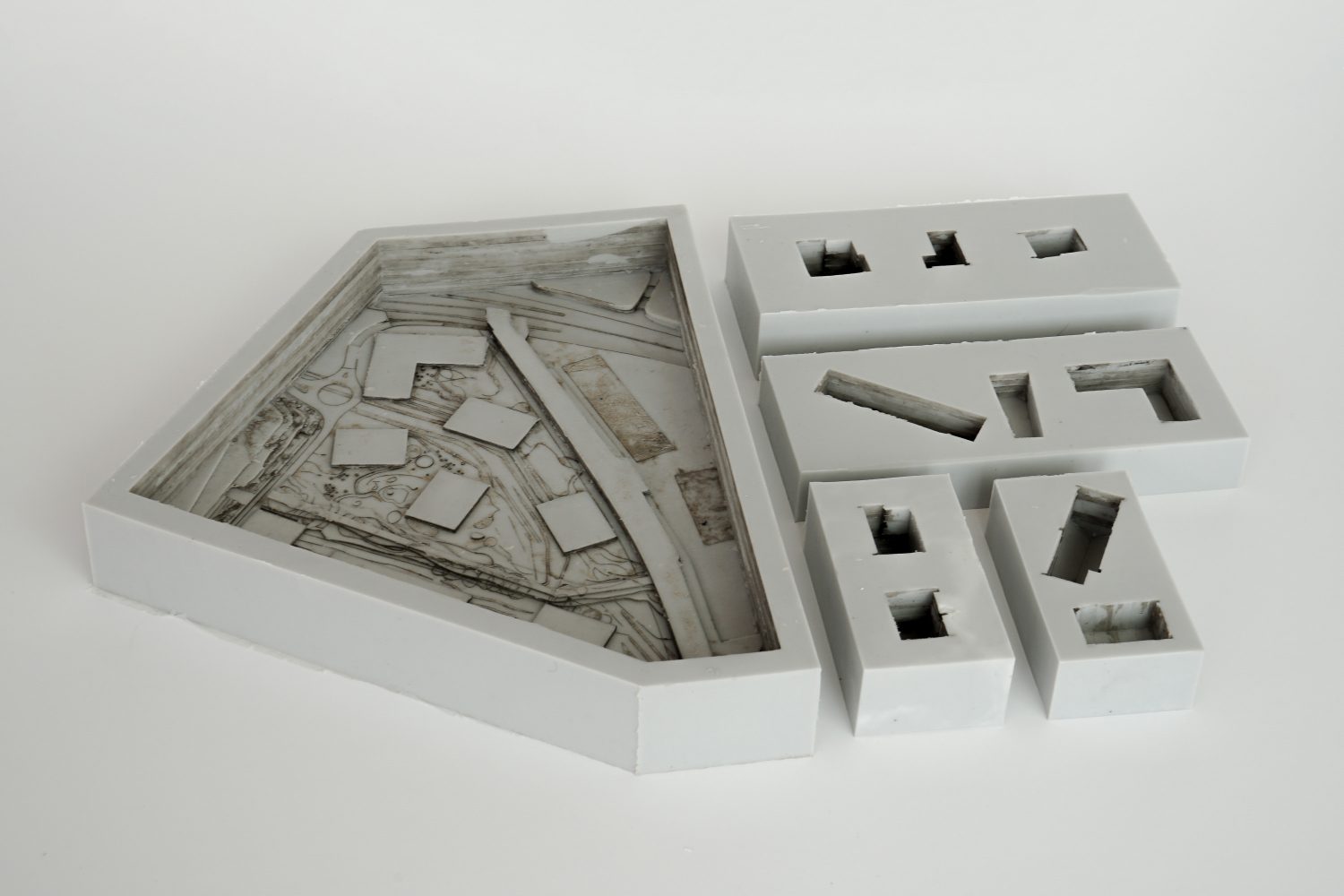Colonia Fluvius: The Stony River
What if we listened to our landscapes?
Can we develop a design methodology that situates a project as another layer in the strata of the land, richly informed and embedded in its context?
Delving through the history of the border landscape of Tendring and Colchester, this material research narrates the intertwined geological, material, ecological, and social processes of the place, from past and present and moving into the future.
Flint is used as a material through which we can read, map, trace, knap, feel and tell a story of this landscape and its inhabitants. Scattered across the Tendring Peninsula, its differentiated states of conglomerates, nodules, fossils, gravels, sands, tools and buildings tell the story of a multitude of times and processes: geological formation, glacial transportation, fluvial erosion and deposition, to early neolithic, Roman, and contemporary human development.
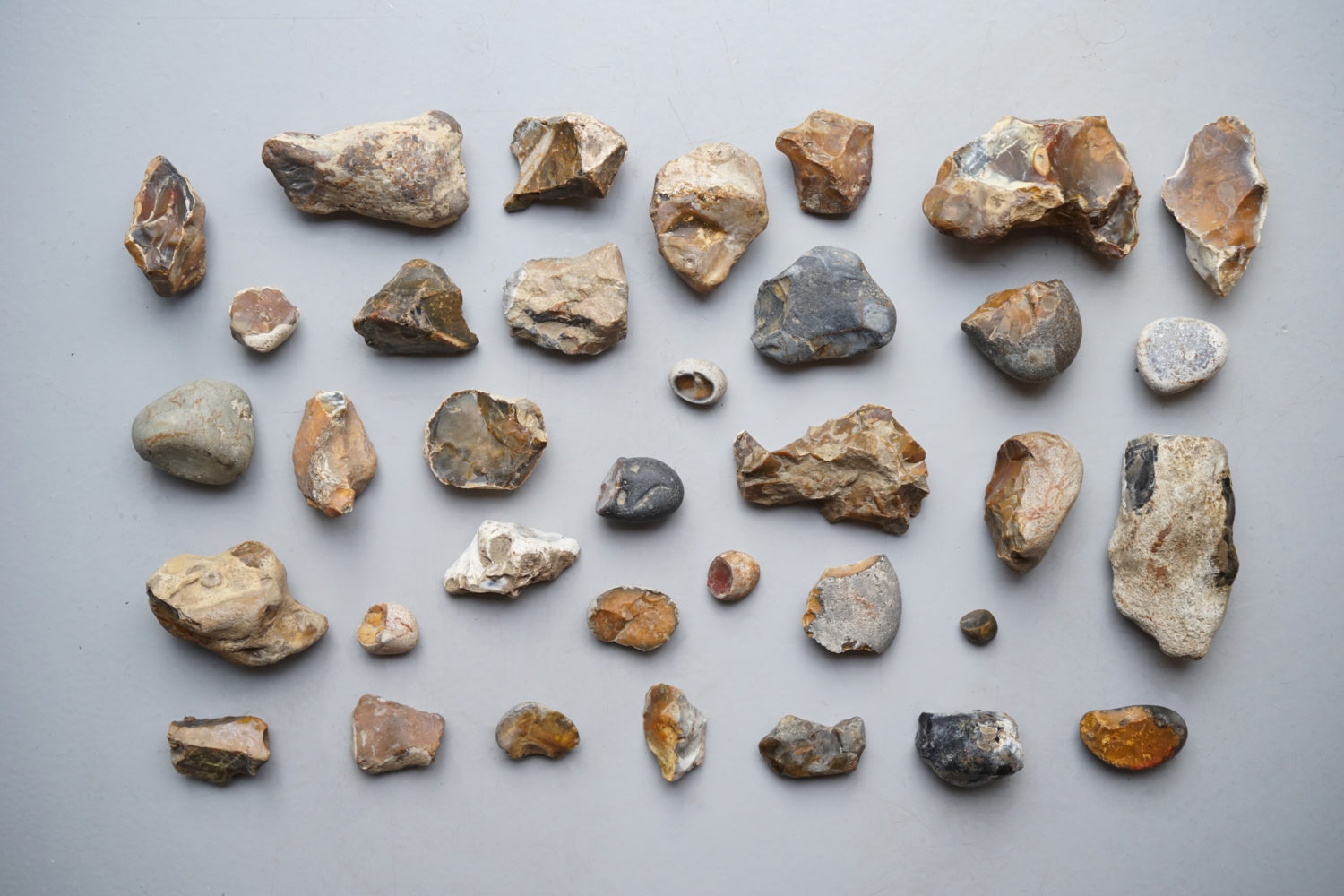
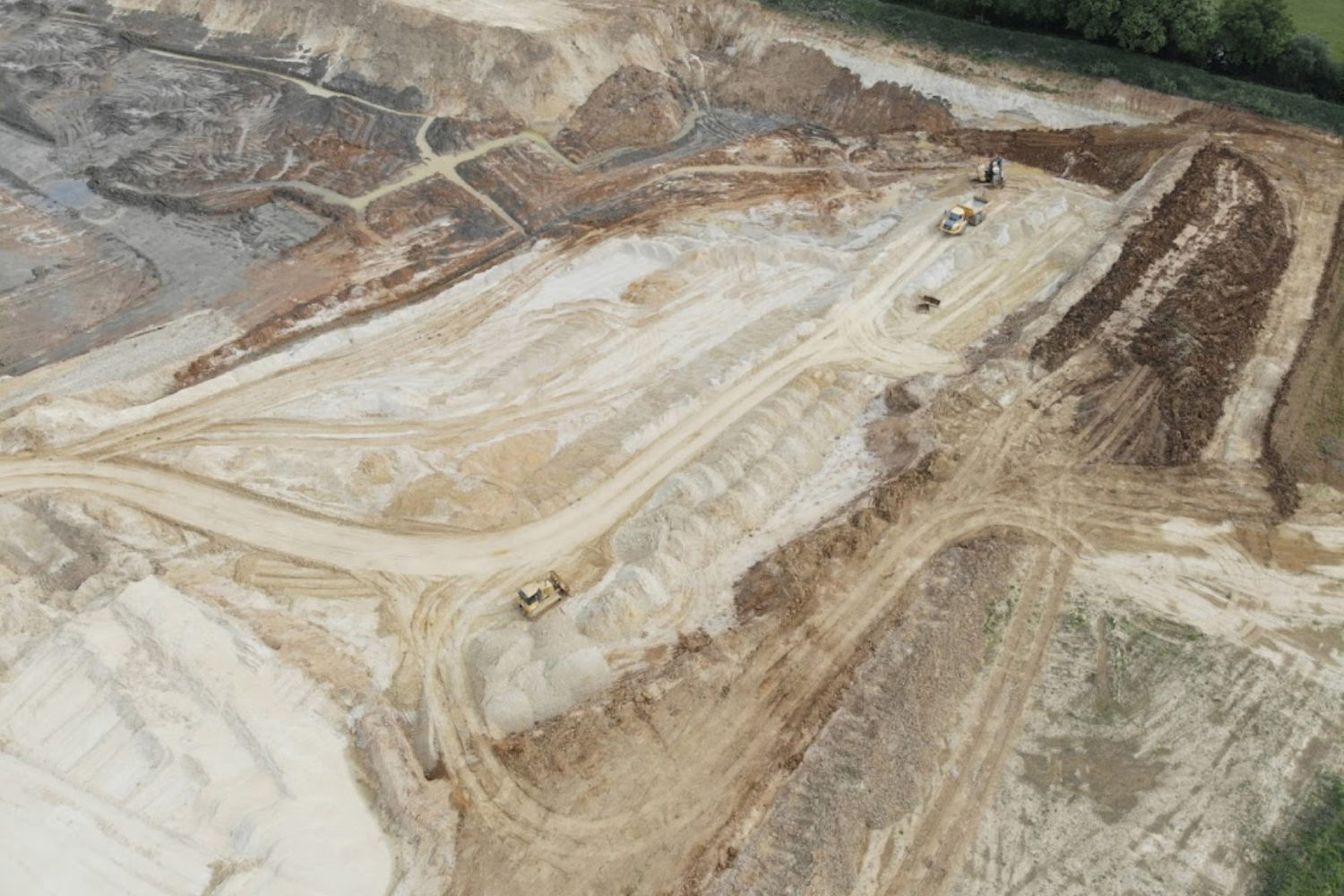
The over ten metre quarry strata reveals beds of the old river Thames containing layers of organic clay, sand and flint rich gravels, their riverine textural aesthetics reflecting the geological process that formed them.
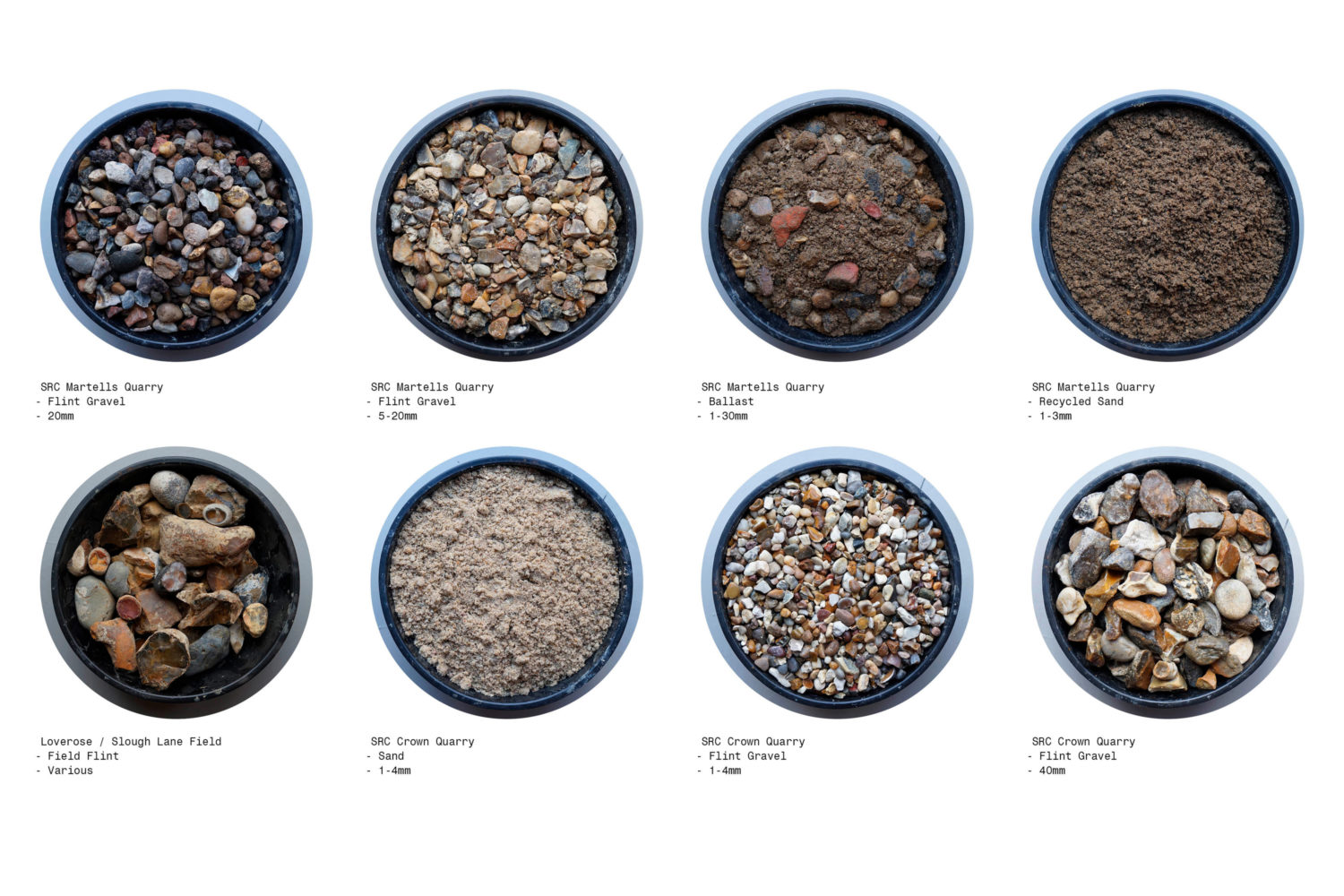
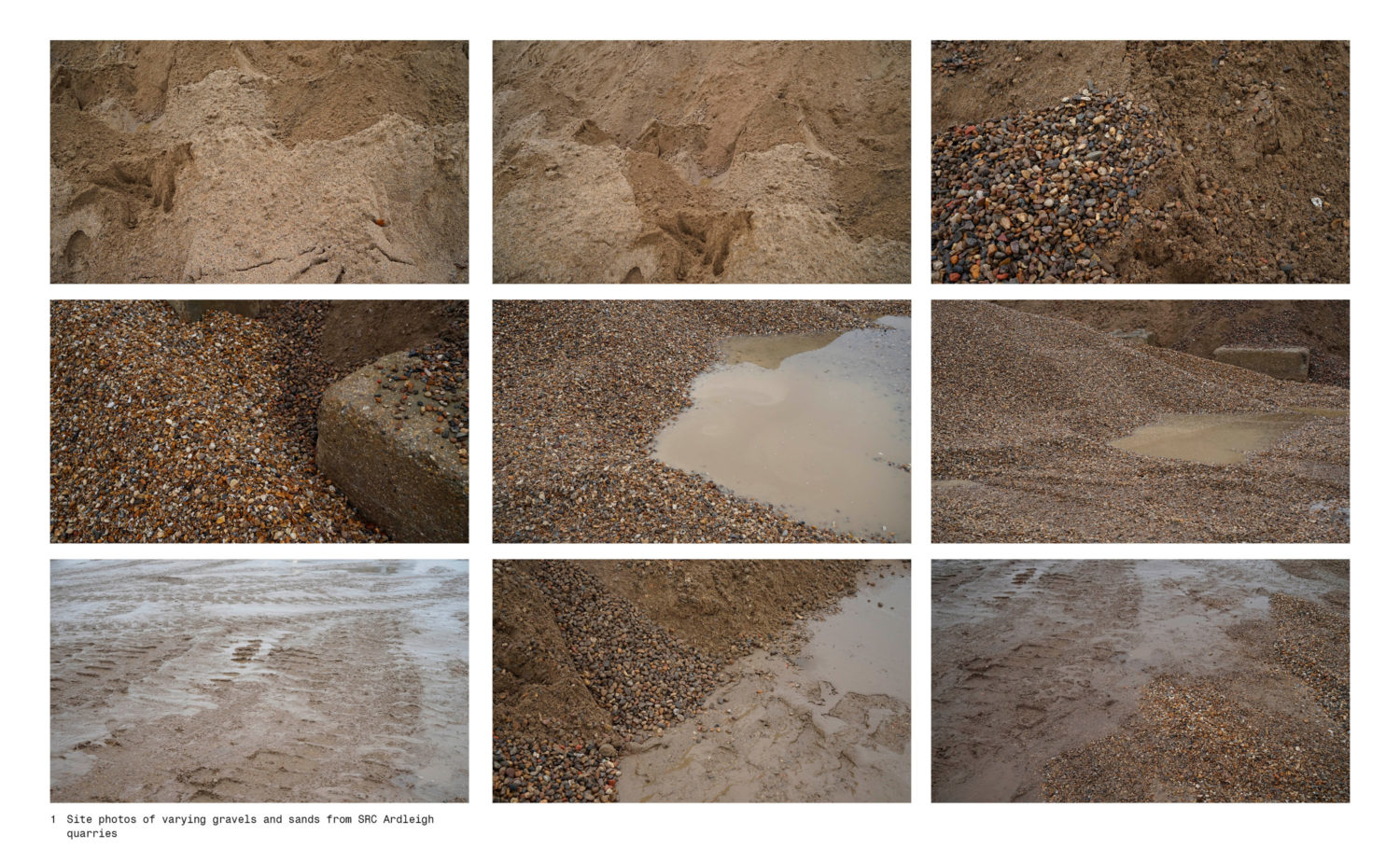
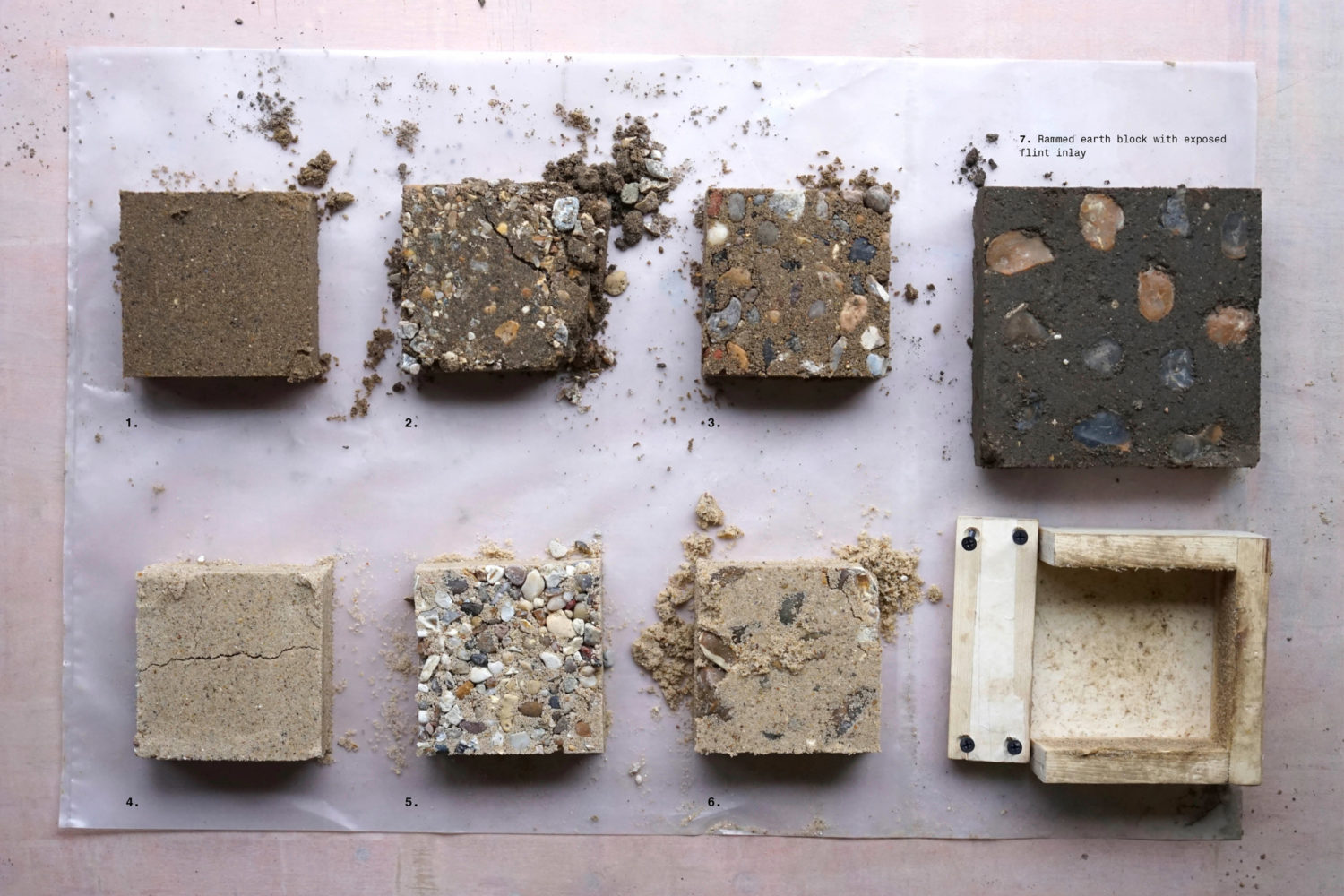
Using the material samples collected from the site, these layered cast models looked to explore a process of making that is analagous to the fluvial and geological process of the site - of deposition and erosion.
